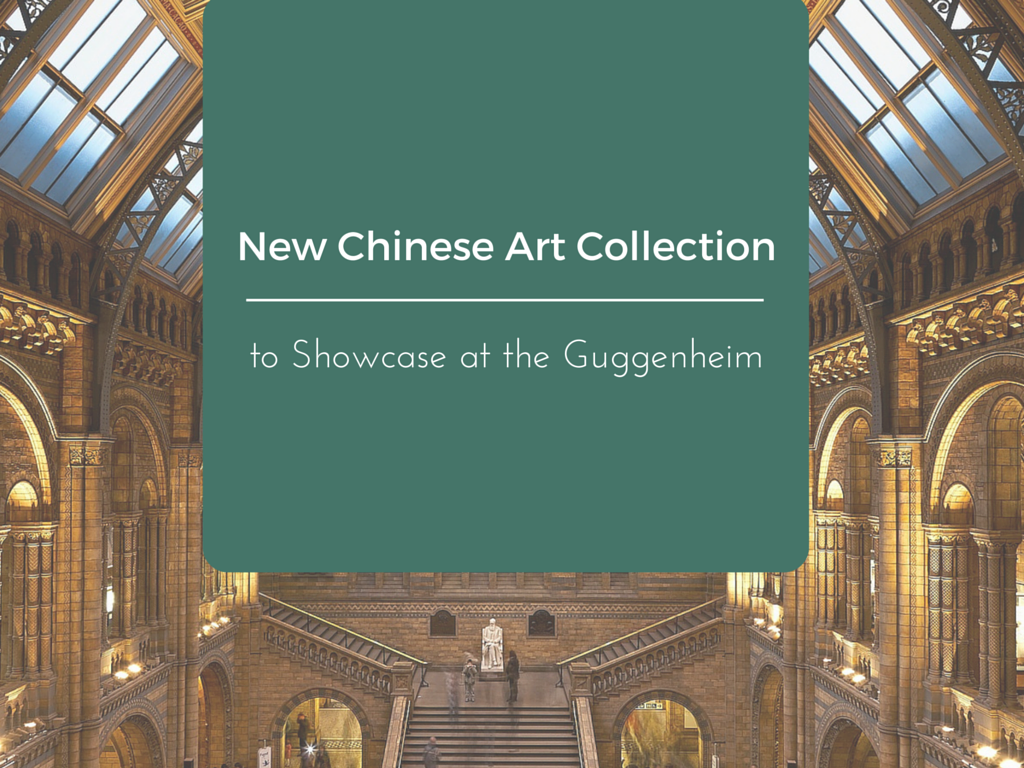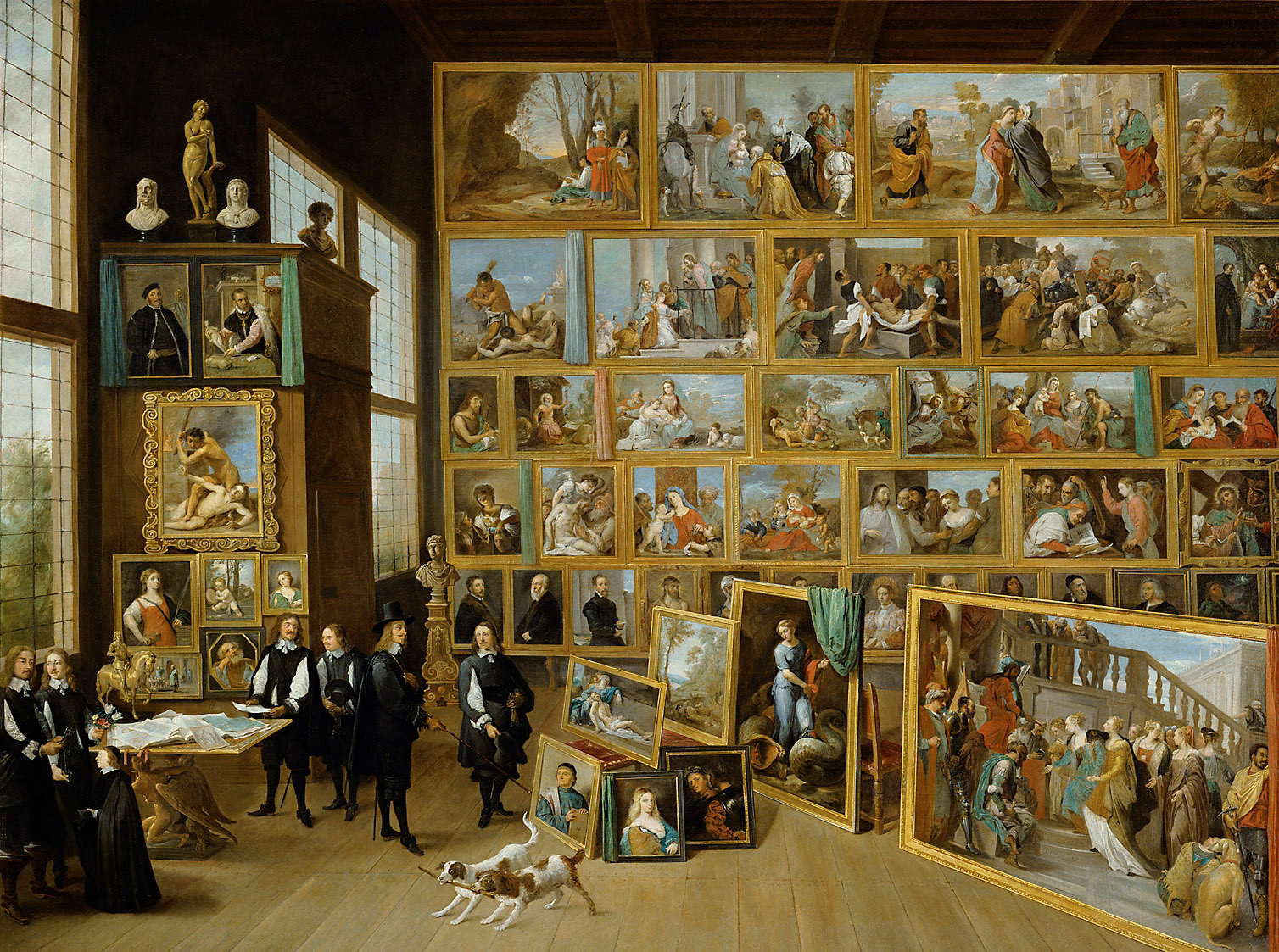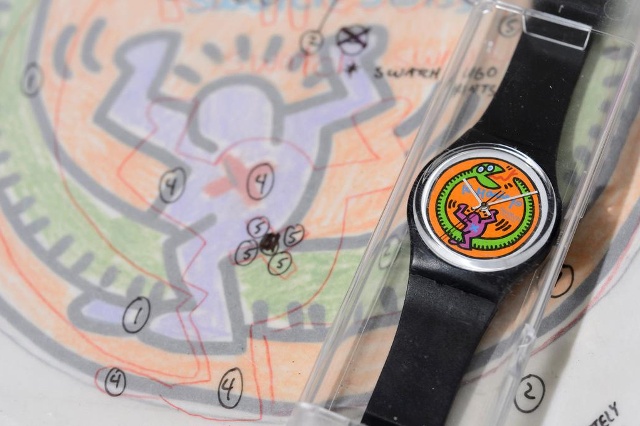Nowadays, most people can’t afford to purchase an original piece of artwork. Does this mean you’re automatically disqualified from indulging in an art collecting hobby? Absolutely not. There are ways for you to fill the walls of your apartment, office, or house with your favorite pieces of visual artwork without having to break your bank account. The main two alternatives are purchasing reproductions (also know as repro prints) or original prints.
Often times people confuse the two terms, so let’s break them down. An original print is considered an original piece of art because each print is made separately, hence the details in each work may vary. The way an artist goes about making original prints is by first creating an etching on a surface made out of limestone, wood, or metal. Then the artists applies ink or color to the etching and pulls on the matrix. The end result is a print of the original etching he or she created. According to Sheelah Molone from 2020 Gallery, you can only get a certain amount of prints from the etching, so usually original prints are limited to 10. On the other hand, a reproduction is a printed representation, a duplicate, or a copy of the original work. According to Sheelah, artists usually create repro prints when they want to have a limited edition of prints of an original work.
In terms of what this all means to you – what’s the difference in pricing? Ultimately pricing is going to be up to the artist, but to give you an idea, Sheelah represents print artists whose prices range from €90 up to €200. Usually print prices are calculated relative to the price of the original artwork and the number of prints the artist made (keep in mind that the print may be smaller in scale to the original). The larger the print run, the lower the cost of each print. The good news is that prints will always be more affordable than the original piece. Even though repro prints and original prints are more inexpensive, they are still valued as respectable pieces of art. In fact, many art collectors who miss out on the opportunity to buy an original choose acquiring a print as an alternative. Remember, not all artists make prints of their work, hence obtaining a print is still considered like a good art collecting investment.
So if you’re one of the luck ones that has some disposable income and are interested in starting their very own art collecting, go ahead and give repro prints and original prints a try. A great way to start is by visiting galleries you like and inquiring about prints. If you’re going to dabble on online print shopping be very careful, and perhaps stick to websites of galleries you are familiar with – you wouldn’t want to purchase a poor quality print.







